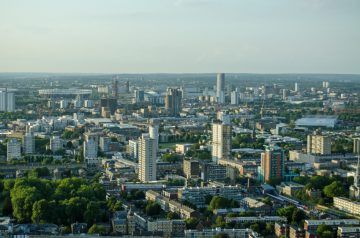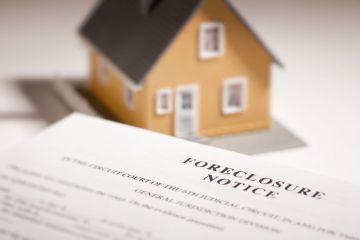Demand for Prime Central London Rental Properties Rises
Demand for rental properties in prime central London has risen in the last few months, as prospective first time buyers remain cautious ahead of the EU referendum, according to a new report.
Many landlords in prime central London are experiencing greater demand for rental properties, as tenants adopt a wait-and-see approach until the vote over whether we stay in the EU or not is decided, says independent property buying agency Black Brick.

Demand for Prime Central London Rental Properties Rises
A Managing Partner of the firm, Camilla Dell, reports: “We are seeing a greater interest in renting in prime central London, as would-be buyers wait out the current uncertainties before committing to buy.”
She adds that rents in the heart of the capital have been increasing faster for smaller units.
“The good news for prospective tenants of larger prime central London properties is that rents have not been rising to the degree seen in other parts of London’s rental market,” she says. “According to figures from Savills, rents for five-bedroom and larger properties actually fell by 0.7% last year, while rents on four-bedroom properties rose just 0.1%.”1
The Black Brick report contrasts with the latest study by specialist residential investor advisors London Central Portfolio (LCP).
Last week, LCP claimed that the private rental market in prime central London is weakening, as tenants capitalise on the existing economic uncertainty ahead of the forthcoming EU vote.
The research found that the market is beginning to subdue, with new lets achieving a price rise of just 0.3% over the last quarter, while re-lets saw a 1.2% drop in rents during the same period.
The CEO of LCP, Naomi Heaton, comments: “The overall suppression in rents reflects a market dynamic which was conspicuous during the credit crunch, as tenants capitalise on economic uncertainty to leverage up their bargaining power. This has been compounded by companies cutting their relocation budgets in the face of global instability and, in some cases, delaying relocations in the run up to the EU referendum.
“In light of the current market conditions, landlords may need to be more flexible to accommodate the higher negotiating power of applicants and to prevent void periods, which may erode any increase in rent ultimately achieved.”1
This advice will help you reduce void periods in your rental property: https://www.justlandlords.co.uk/news/reduce-void-periods-rental-property/
1 https://www.landlordtoday.co.uk/breaking-news/2016/6/prime-central-london-rental-market-sees-increased-demand









